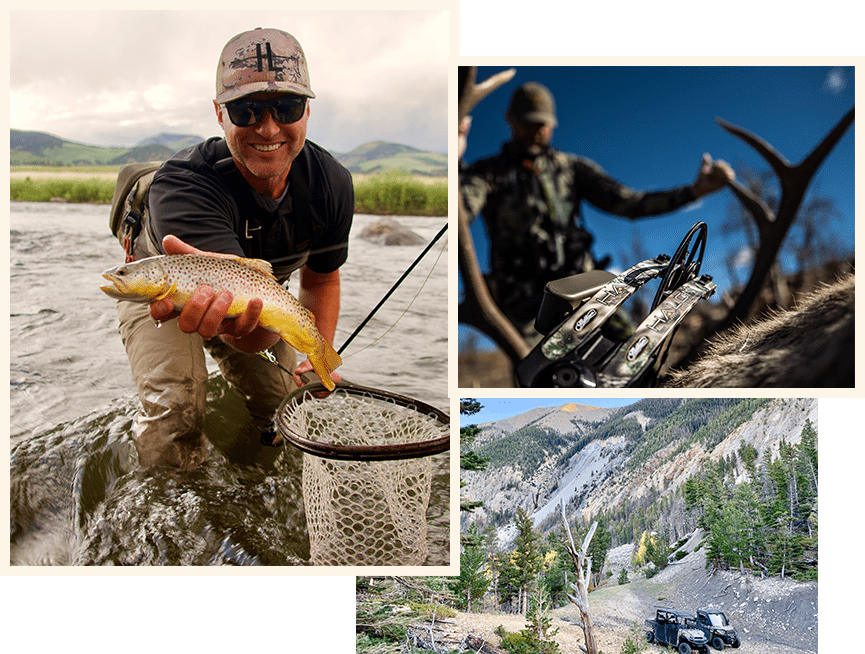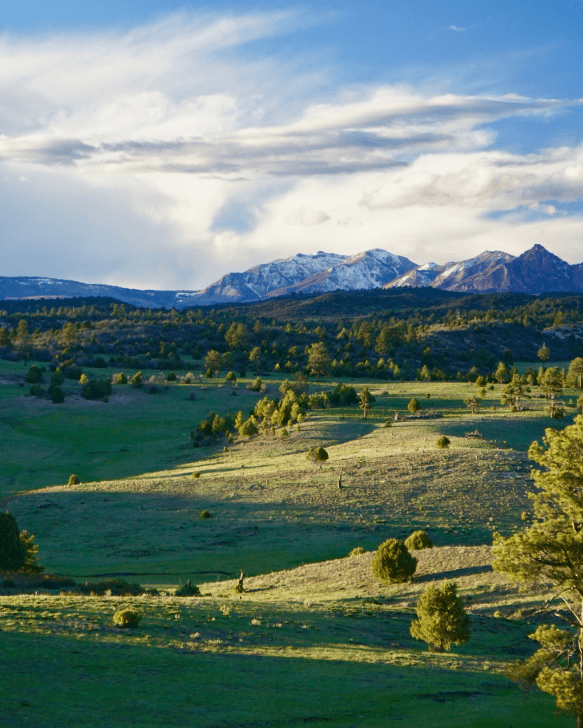
If you picture a metal platform ratchet strapped to a tree or a wooden plank nailed in the crook of a branch when someone mentions tree stands, then your information is outdated. Technology has helped tree stands come a long way in comfort and functionality, and now they are the perfect way to change your vantage point on a hunt to help you bag that elusive trophy Bull Elk. Of course, and unfortunately, using tree stands on public hunting land means there is a possibility of damage or theft, however with modern tree stands, the benefits outweigh the disadvantages.
There are three different types of tree stands, ladder, climber, and lock on, and each one depends on your access throughout the land you’re hunting on and the comfort level you’re looking for. Ladder tree stands tend to be the most comfortable as you can choose from double wide or large platform stands. However, they can be bulky and hard to carry deep into public hunting land.
Lock on stands are easiest to carry but hardest to access once in place. You will need ladder pegs or stick ladders to reach the stand once installed. Climber stands, again, are bulky and hard to carry in and out of public land, and more dangerous than the other options as you have to use the stand itself to get up and down the tree.
Tree Stand Tips
Tree stands can be a great, useful addition to your hunting gear collection, and if you’re sold on their benefits but still unsure of how to use one properly, here are some great tips.
- Pick 3-5 top locations for a stand and make sure it’s not on a seasonal trail or they will be used during the season you want to hunt.
- Put trail cameras in the best one or two places you want to hunt to see which location is best.
- Check the trail cameras frequently in the 3-4 weeks leading up to your hunt to find out which spot is being used most consistently.
- Place your stand in a spot where elk will be trailing upwind from normal wind patterns. Be sure to put your stand to the side of the trail and not directly on it.
- Make sure your stand is not visible from the uphill side of the elk trail so they won’t spot you on the side of the hill.
- Keep the sun in mind and install your stand in a place where the sun won’t be directly shining in your eyes.
- Make sure to mark your stand’s location on a GPS or paper map and spray it down with scent control spray.
- Fasten a way for your bow or firearm to be raised up to the stand. A rope usually works best. Then, install a firearm holder in the tree next to your stand.
- Use your trail camera footage to plan your entrance and exit strategies based on elk patterns.
- ALWAYS wear a safety vest when hunting anywhere and make sure your stand has reflective tabs to help you find it in the dark.
- Be ready before dawn and stay after dark as elk use trails in the early morning and late evening.
- If your stand is situated on a wallow, stay all day. Elk will come cool off on hotter days during bow and rifle seasons.
What NOT TO DO When Using a Tree Stand
We also have some helpful tips on what NOT to do when tree stand hunting.
- DO NOT leave or toss anything down to the ground while up in your stand.
- DO NOT place your stand in dark escape corridors, or next to cropland.
- You should also avoid placing your stand above lateral trails, next to stream crossings, or in wide open sparsely wooded areas.
Be Patient and Keep Trying
There are some tricks of the trade to learn when it comes to using tree stands, and, as you can see, they take preparation and patience. But, when used properly, tree stands can give you an opportunity to take the lifetime elk that wouldn’t normally give you the chance in a wide open meadow.


